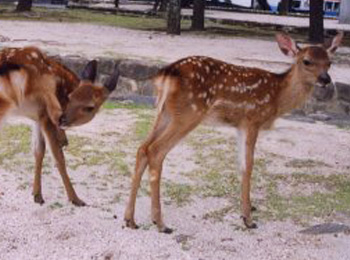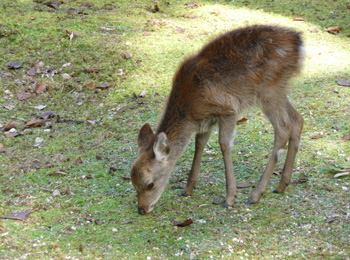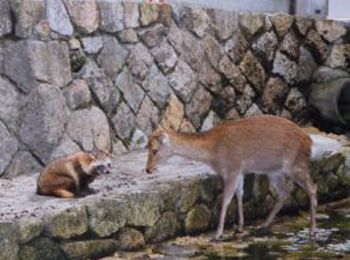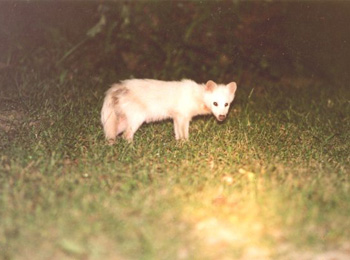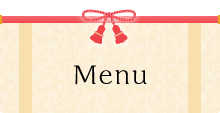Deer & Raccoon dogs | Nature & Animals | Miyajima Tourist Association
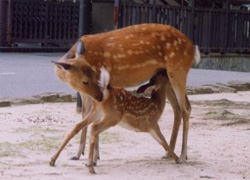
Deer on Miyajima are called Nihonjika, "Japanese deer", which ranged from China to Vietnam. The body size is middle of among deer kinds. Only bucks have antlers in most kinds of deer including Nihonjika. The musk deer & Kibanoro have no antlers and reindeer have them for both male & female. About eight hundred years ago, it was written in Senjusho by the priest Saigyohoshi that there were many deer in Miyajima. And they were cherished as "Shinroku." At present, about five hundred deer live on this island, some deer are domestic, but deer in the forest avoid people.
Body
| Sense | Deer have keen senses of hearing and smelling. When mother deer looks for her lost fawn, she sniffs around on the ground, stops, and has her ears move like antenna. Deer can move their ears at will. When a dog comes close to them, they notice it using their nose and ears. |
|---|---|
| Stomach | A deer's stomach is divided into four rooms like that of cattle. First, food is bitten by back teeth then go to the first stomach. Second, food comes back from the second stomach to their mouth to chew again. Third, food goes to the third stomach then go to the fourth one. After that food goes to bowel. Deer chew food so well that they can eat dead leaves, which are hard to digest. |
Life
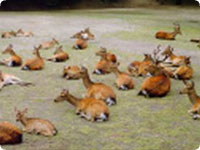
Deer spend nights at their den, and they go out the place where they can get food at dawn. During the daytime, they repeat eating and sleeping and in the evening they go back to their den. Because they have their own places to sleep and get food, they always move around the same area. They mostly make it a practice to separate into male and female groups.
Deer on Miyajima have their dens in the woods. You may happen to see deer heading for the woods in the evening. Recently, some deer set their dens in the town.
Courtship & Birth
| Courtship | The cry of deer which was sang in a traditional Japanese poem is that of an adult buck. You can only hear in the fall. From September a buck starts to live with a doe. When another buck approaches, the bucks battle with their antlers. The winner of the battle can stay with the doe and court her. Courtship continues until January. |
|---|---|
| Birth | The gestation period is 31 weeks on average. Does deliver between May and July. Baby deer stand by themselves in ten minutes after their birth and start to suck their mother's breast. In a few hours they can walk after their mother deer. But for a month after their birth, they hide in a bush or a place surrounded by rocks. Only mother deer walk around to look for food. They come back a few times a day to feed their baby. In three months mother deer always walk with their baby. |
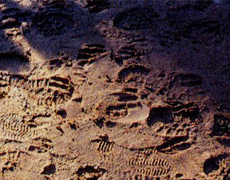
Foot steps
Each foot has two toenails.
Deer and human foot steps.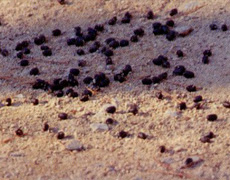
Excrete
It looks like beans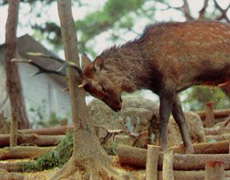
A buck rubs his antlers. A doe rubs her body, too.
When bucks get bigger and bigger, so do their antlers.
"Raccoon dogs" appear frequently in Miyajima, too. They did not turn up for a while, but they have been seen recently again. They appear in the daytime on rare occasions. You might even encounter a "white raccoon dog" if you are lucky!









